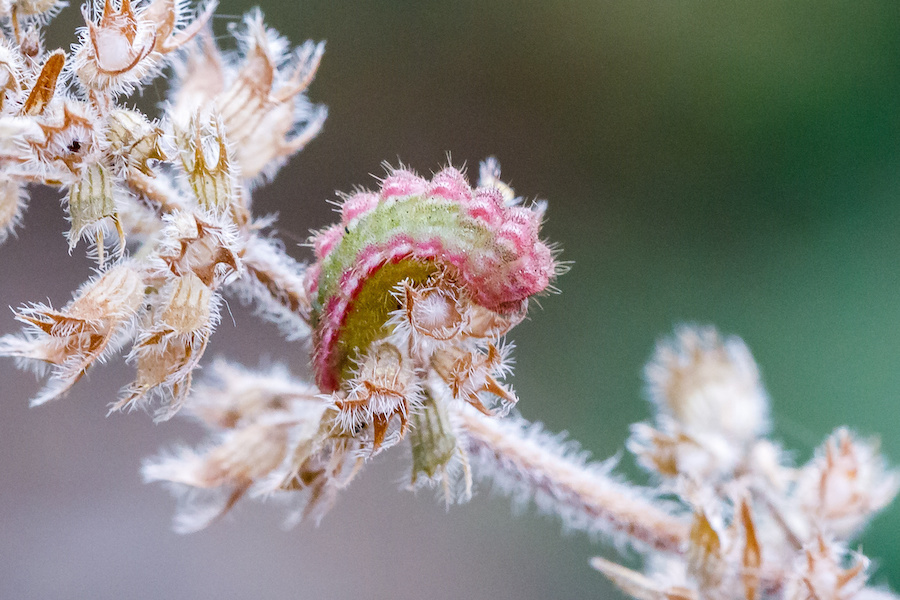
I have collected some photos of butterflies during my walks around the zoo. When I looked at them yesterday, I realized that it is a decent collection and includes some very rare species. Even the experts, who determined the relevant species, refer to a few shots from Sklenářka in their reports.
This small inventory of butterfly photos led me to an intention to document the butterflies in the zoo in more systematic way, which would be beautiful; however, I already know that it will probably fail due to lack of time. But there is one species, which I definitely want to take a photo of, and I will find time for that. It will be the eastern baton blue, called in the jargon “vicrama” (based on its scientific name Pseudophilotes vicrama). This tiny blue butterfly is super rare in our country; it became extinct in Moravia in 2005, and in Bohemia it occurs “in a few small populations in a vicinity of Prague, in Bohemian Karst, in the Central Bohemian Uplands, the surroundings of Most and in the Žatec region.” It regularly appeared at the premises of Prague Zoo, specifically at the aforementioned Sklenářka, until 1994.
To be honest, I already have taken a photo of “vicrama” in the zoo premises, and I attach the photo here. However, it is its miniature caterpillar, not an adult. And most importantly: it comes from breeding in human care. However, I am getting a little ahead of my story.
The eastern baton blue disappeared from the slopes near Sklenářka because the local forest-steppe was overgrown with weeds and tall grass. Thus, the areas covered with sparse vegetation and pillows of thyme (particularly Eurasian thyme, Thymus pannonicus), which are the nutrient plants of the eastern baton blue, dissapeared. Therefore, the first step to revitalize the original environment became sheep grazing. The sheep were placed near Sklenářka mainly to maintain low growth of grass, which was the initial prerequisite for the return of European ground squirrels to this location (that this return was successful, you can see today in the giraffe enclosure, where the ground squirrels are very numerous). In the recent years, the trees and bushes above Sklenářka were cut down; these works, as well as the works on reintroduction of eastern baton blue, have been realized by the conservation association Třesina.
The first attempt to reintroduce the eastern baton blue to Sklenářka happened in 2021. Members of the association raised caterpillars from the eggs of the females captured in the Central Bohemian Uplands; they protected them from natural enemies, parasites, and diseases, therefore incomparably more of them survived to the pupation stage than would have been the case in nature. Some of them have been returned to the original locality, and 59 pupae we together with ing Pavel Skala placed on the slope above Sklenářka. However, success did not come – no eastern baton blue had been recorded there during the following year. The possible explanation is that the pupating caterpillars would choose different places for hibernation than we did.
Another attempt is taking place this year. On Tuesday, we placed first 23 caterpillars of eastern baton blue on the thyme growths, and more will follow. The batch from Wednesday is for sure already pupated at this moment. The first adults of eastern baton blue might fly near Sklenářka already this year, but especially during next spring. We will see.
I personally hope that sometime in May 2024 I will add a photo of “vicrama” sitting on a blossoming thyme, hopefully with Sklenářka in background, to my butterfly photo collection.

